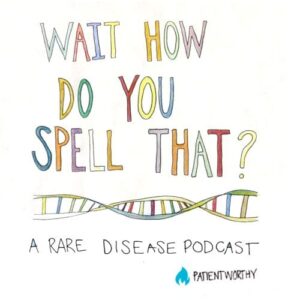Spinal Muscular Atrophy (SMA)
What is spinal muscular atrophy (SMA)?
Affecting approximately 1 in 10,000 people, spinal muscular atrophy is a rare genetic disorder that causes mild to severe muscle weakness and degeneration. The types of spinal muscular atrophy vary based on severity and age the condition was developed.
What causes spinal muscular atrophy (SMA)?
Most cases of spinal muscular atrophy are caused by a mutation in the SMN1 gene.
This prompts a loss of motor neurons, a certain type of nerve cell, in the spinal cord and brainstem. The loss results in weak and atrophied muscles, particularly those used in crawling, walking, sitting up, moving the head and, depending on severity, breathing and swallowing.
What are the symptoms of spinal muscular atrophy (SMA)?
Symptoms of SMA vary by type. Types include:
- Type I (Werdnig-Hoffman disease): A severe type diagnosed at or soon after birth, type I spinal muscular atrophy causes developmental delay and inability to sit or support the head independently. It also causes breathing and swallowing issues.
- Type II: Children between six and 12 months of age develop type II spinal muscular atrophy and usually cannot stand or walk independently.
- Type III (Kugelberg-Welander syndrome): Developed between early childhood and adolescent age, type III spinal muscular atrophy can cause progressive difficulty in walking and climbing stairs.
- Type IV: This type usually occurs after age 30, resulting in mild muscle weakness, breathing issues, tremors, or twitching.
How is spinal muscular atrophy (SMA) diagnosed?
Diagnosing spinal muscular atrophy usually involves neurologic examination and genetic testing. If necessary, other types of testing might include a creatine phosphate kinase blood test, muscle biopsy, nerve conduction, and more.
What are the treatment options available for spinal muscular atrophy (SMA)?
Spinal muscular atrophy has no known cure, but supportive care can include:
- Tracheostomy
- Noninvasive respiratory support
- Gastrostomy
- Physical therapy
- Bracing
- Surgery
In 2016, nusinersen (Spinraza) became the first drug approved by the U.S. Food and Drug Administration for treatment of spinal muscular atrophy.
Where can I find more information on spinal muscular atrophy (SMA)?
Spinal Muscular Atrophy (SMA) Articles



How Cristiano Ronaldo’s Discarded Armband Became a Lifesaver for a Child With a Rare Disease

Positive Trial Data is Welcomed News for Spinal Muscular Atrophy Patients

August is Spinal Muscular Atrophy Awareness Month: Spreading Rare Disease Awareness

Indian Hospital Offers Free Spinal Muscular Atrophy (SMA) Testing

Researchers Discover ‘Super Minigene’ that Helps Find Potential Therapies for Spinal Muscular Atrophy




